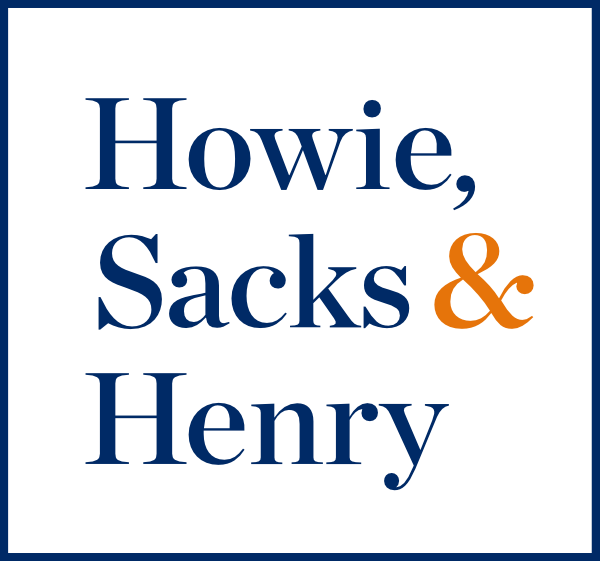
By Sandra Train, Associate
The recent Court of Appeal decision in Schmitz v. Lombard deals with the issue of when the limitation period begins under the OPCF 44R endorsement (Family Protection Endorsement).
The Plaintiff was injured in a motor vehicle accident in 2006 and issued a claim in excess of the Defendant’s $1,000,000 policy limit. The Plaintiff’s policy included an OPCF 44R providing $2,000,000 in coverage. A claim for underinsurance coverage was not issued until 2010. Lombard brought a Summary Judgment motion to dismiss the claim on the basis that it was not issued within the one-year limitation period contained in s. 17 of the OPCF 44R. The Plaintiff argued the two-year limitation period set out in s. 4 of the Limitations Act, 2002 (“the Act“) was the applicable limitation period.
The Motion Judge dismissed Lombard’s motion. The motion Judge concluded the OPCF 44R’s two-year limitation period began to run when Plaintiff made a request for indemnification under this coverage. Since the Act defines discoverability, the insurer must have done or omitted to do something that can be said to have caused a loss. Until there was a request for indemnification, the insurer can not be said to have omitted to indemnify.
Lombard appealed this point. While it conceded the two-year limitation period under s. 4 of the Act applied, it argued that limitation period started to run when the Plaintiff knew or ought to have known his claim would exceed the available limits of the defendant. The Court of Appeal dismissed Lombard’s appeal. The Court held that the two-year limitation period begins to run the day after the insurer receives a claim under the OPCF 44R. The Court noted that if s. 4 of the Act applied, then so did s. 5. The two sections must be read together to determine the limitation date.
Lombard argued this would cause prejudice to insurers. The Court rejected that position by noting that s. 14 and 15 of the OPCF 44R meant that the findings of a court with respect to issues of quantum or liability were not binding on insurers if they were not a party to the litigation. In fact, the litigation may have to start all over if the insurer is not brought into the action early enough.
The Schmitz decision allows the Plaintiff bar time to add their client’s OPCF 44R carrier. the reality is, however, that it could extend the length of litigation if the insurer is not brought into the action to participate actively. If there is any concern the policy limits of the Defendant may be exhausted, the Plaintiff’s insurer should be added immediately.
For more information regarding this case or any uninsured or underinsured case, please contact Sandra Train at strain@hshlawyers.com or (416) 361-7573 for further information.






